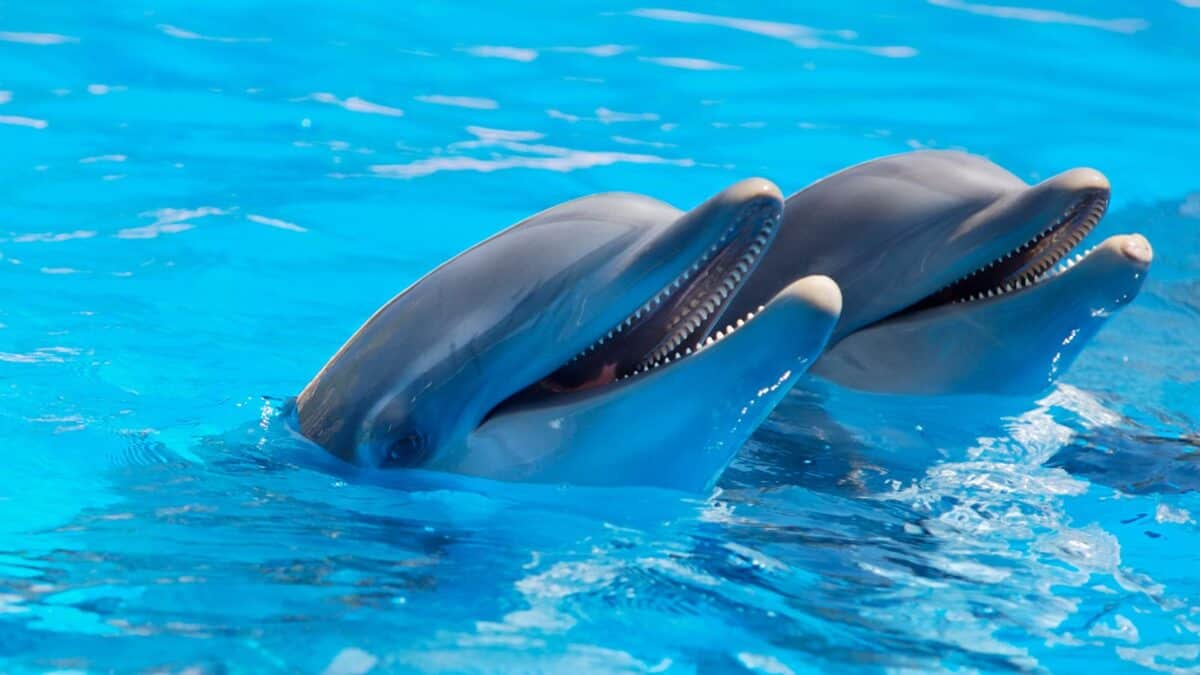Dolphins have fascinated humans for centuries with their playful behavior, social nature, and apparent cognitive abilities. While most people recognize dolphins as intelligent marine mammals, the true depth of their mental capabilities extends far beyond what many realize. Recent scientific research has uncovered remarkable aspects of dolphin cognition that rival and sometimes surpass those of other highly intelligent species, including primates. From their complex communication systems to their ability to recognize themselves in mirrors, dolphins continue to surprise researchers with their sophisticated minds. This article explores eleven lesser-known facts about dolphin intelligence that highlight why these cetaceans are considered among the most intellectually advanced non-human animals on our planet.
11. Dolphins Have Names for Each Other
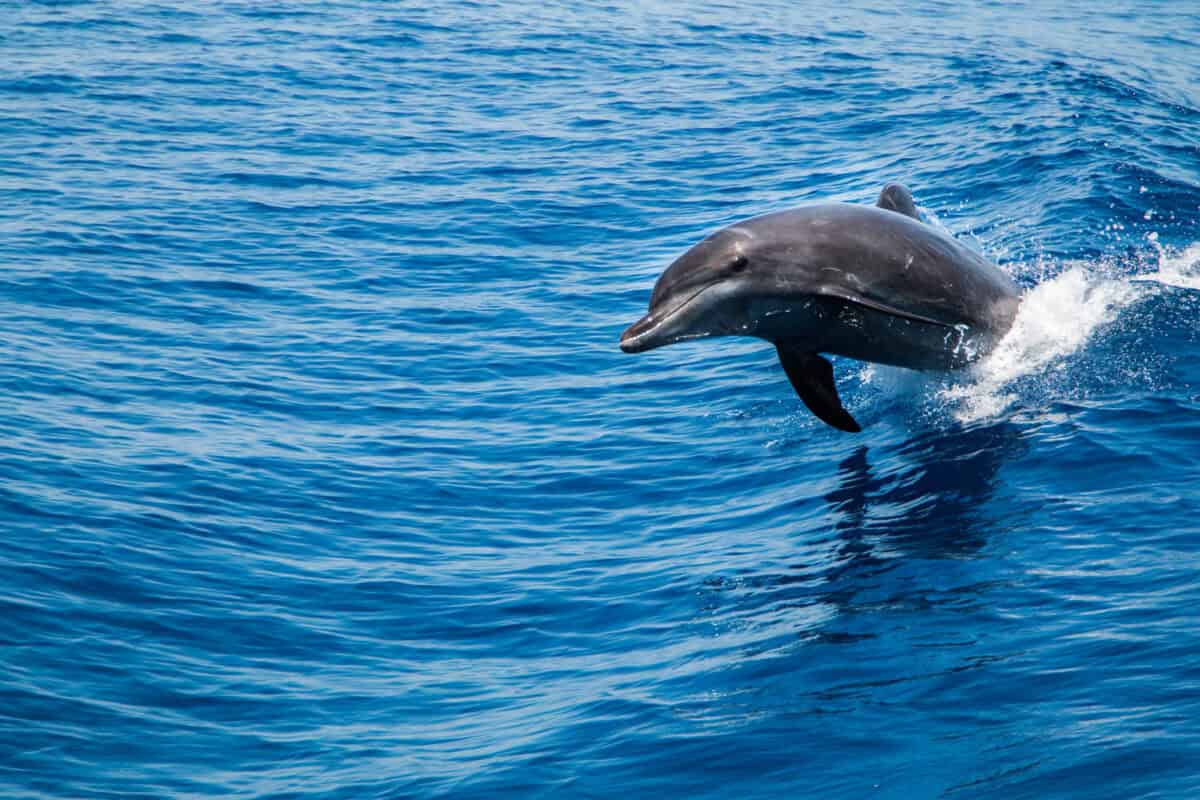
One of the most remarkable discoveries about dolphin intelligence is that they use signature whistles as individual identifiers – essentially, they have names for each other. Each dolphin develops its unique whistle during the first year of life, which functions similarly to a human name. These signature whistles remain stable throughout their lives and are used to maintain contact with specific individuals in their pod.
Research conducted by Dr. Vincent Janik and his team at the University of St. Andrews found that dolphins respond when hearing a recording of their signature whistle played back to them, much as humans respond to their names. Even more impressively, dolphins can remember the signature whistles of other dolphins they’ve met even after being separated for decades, demonstrating exceptional long-term social memory that rivals that of elephants and some primates.
10. Dolphins Possess Self-Awareness
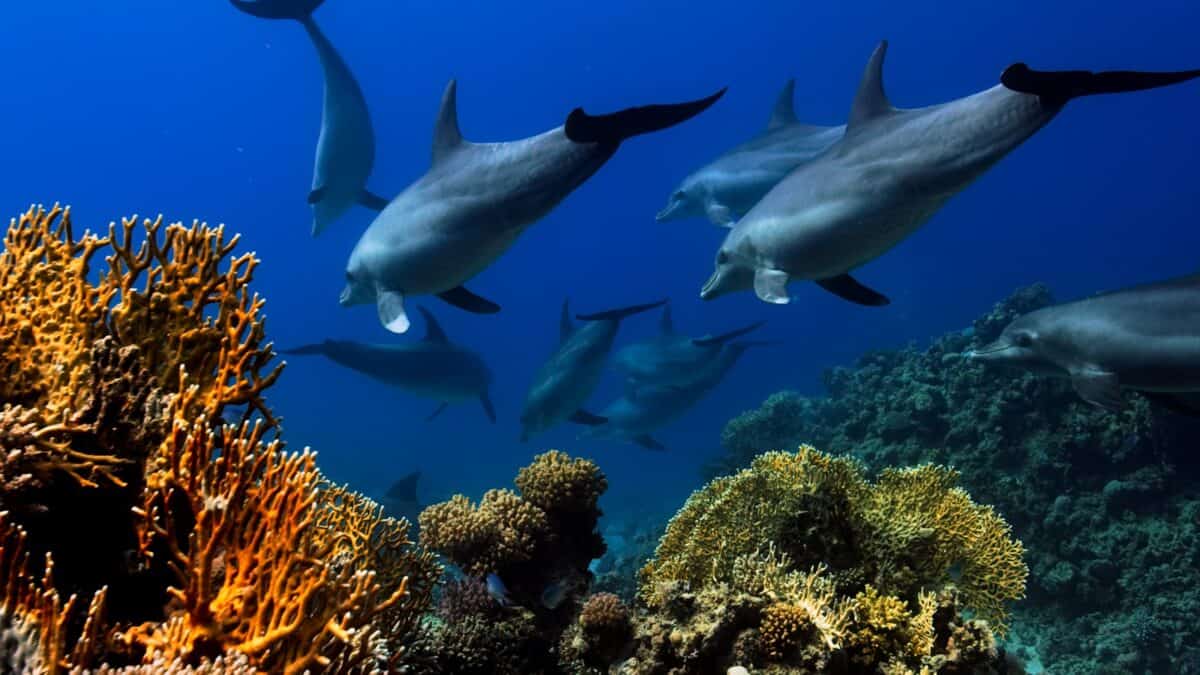
Dolphins are among the few non-human animals that have demonstrated self-awareness through the mirror self-recognition test, joining a select group that includes great apes, elephants, and magpies. When presented with mirrors, dolphins will examine themselves, paying particular attention to marked areas on their bodies that they couldn’t otherwise see. This behavior suggests they understand the reflection represents themselves, not another dolphin.
Beyond simple recognition, dolphins display behaviors that suggest a deeper sense of self-awareness. They show awareness of their own body parts and movements, can understand pointing gestures directed at parts of their body, and appear to have a sense of their own identity separate from others. This level of self-awareness is considered a prerequisite for higher-order thinking and is exceptionally rare in the animal kingdom.
9. They Can Understand Complex Artificial Languages

Dolphins have demonstrated a remarkable ability to understand artificial languages created by humans. In groundbreaking research conducted by Dr. Louis Herman at the Kewalo Basin Marine Mammal Laboratory in Hawaii, bottlenose dolphins learned to comprehend an artificial language consisting of hand gestures or computer-generated sounds. The dolphins not only recognized individual “words” but understood the semantic and syntactic rules governing how these words could be combined.
The dolphins could follow instructions with multiple steps and understood the difference when the word order was changed, indicating an understanding of basic grammar. For example, they could distinguish between commands like “bring the surfboard to the person” and “bring the person to the surfboard.” This level of language comprehension demonstrates abstract thinking abilities previously thought to exist only in humans and some great apes.
8. Dolphins Use Tools in Sophisticated Ways
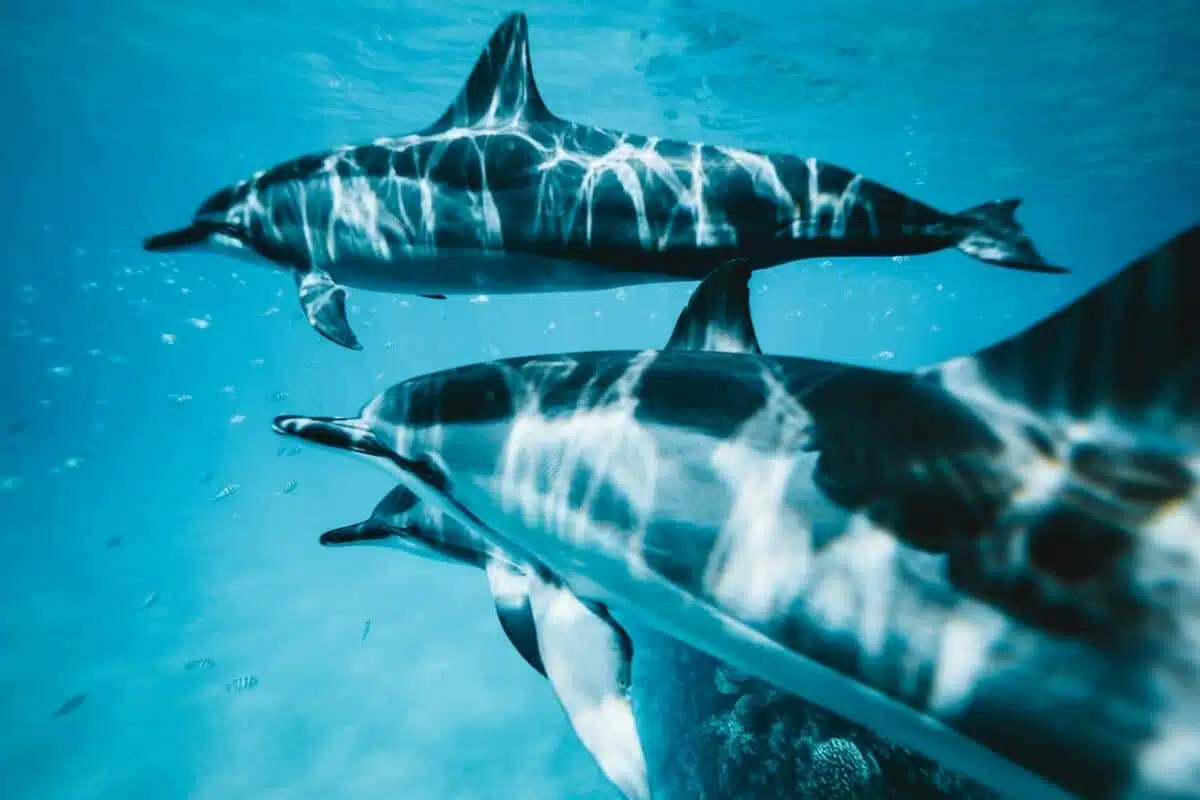
Tool use was once considered a uniquely human trait, but dolphins have repeatedly demonstrated sophisticated tool use in both wild and captive settings. In Australia’s Shark Bay, bottlenose dolphins have been observed using marine sponges as protective nose coverings when foraging on the seafloor. This behavior, known as “sponging,” protects their sensitive snouts from sharp rocks and stingrays while hunting for fish.
What makes this behavior particularly impressive is that it appears to be culturally transmitted, primarily from mother to daughter, rather than being genetically inherited. Different dolphin populations have developed different tool-using techniques depending on their environment, suggesting cultural learning and adaptation. Some dolphins have even been observed using shells to trap and transport fish, demonstrating planning abilities and foresight in their hunting strategies.
7. Their Brains Have Unique Structural Complexity
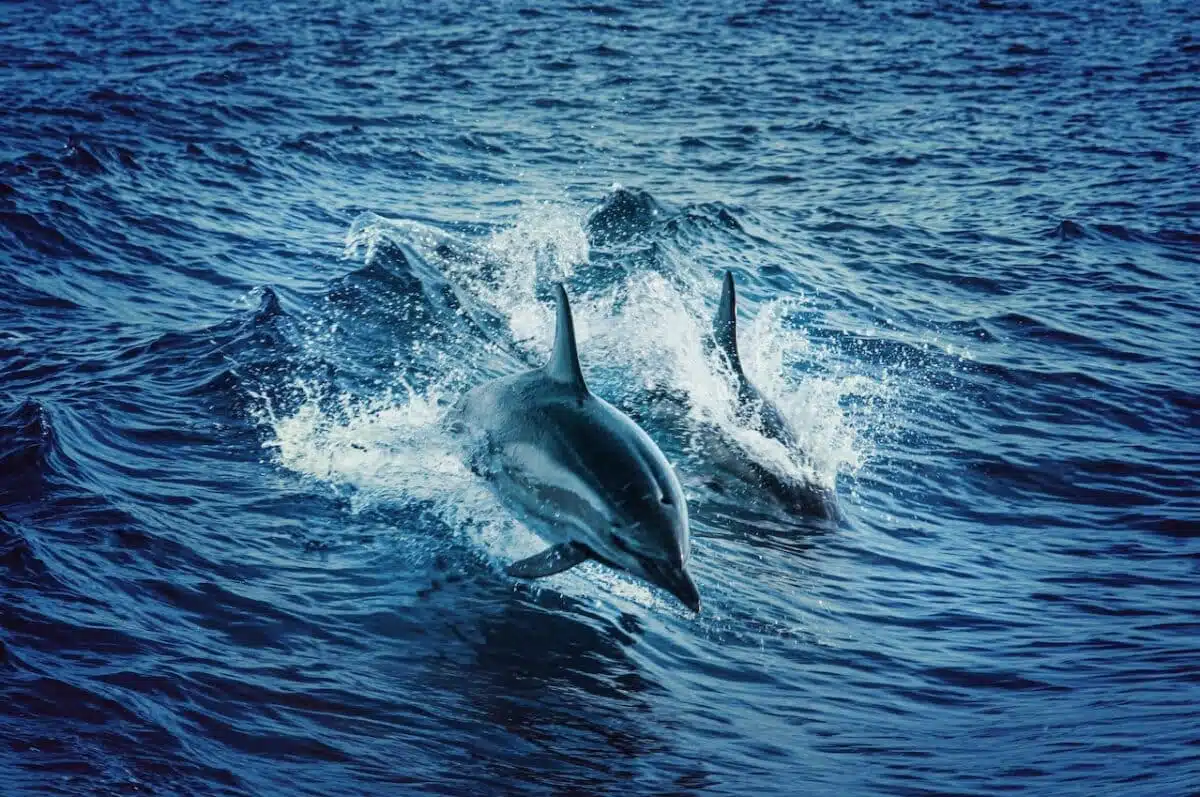
Dolphin brains possess a structural complexity that in some ways exceeds that of human brains. While the human brain is larger relative to body size, dolphin brains have more cortical folding, which increases the surface area available for neural connections. The encephalization quotient (EQ), which measures brain size relative to what would be expected for an animal of that body size, places dolphins second only to humans among all animals.
Particularly noteworthy is the structure of the dolphin limbic system, the part of the brain associated with emotions, memory, and social behavior. Dolphins have an extraordinarily well-developed paralimbic lobe, which may explain their advanced social cognition and emotional intelligence. Their brain structure also shows evidence of specialized adaptation for their unique sensory systems, particularly echolocation, allowing them to process complex spatial information with remarkable precision.
6. Dolphins Engage in Cultural Learning
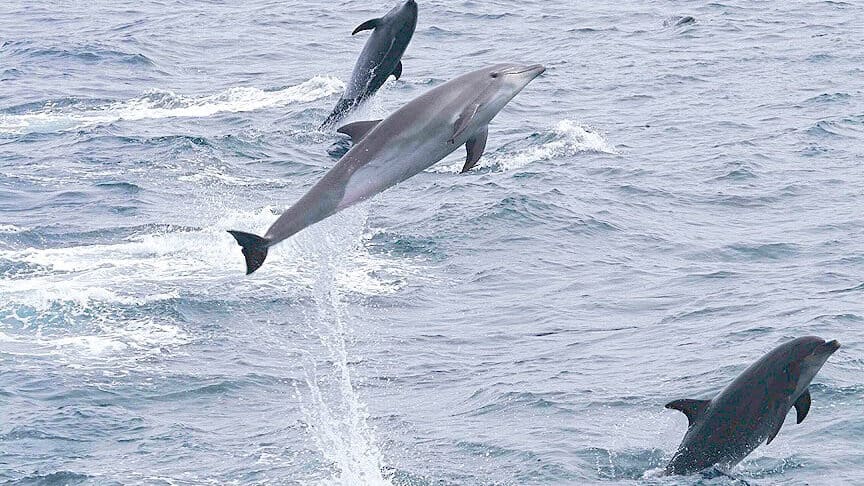
Cultural learning—the transmission of behaviors and knowledge through social learning rather than genetics—was long thought to be primarily a human characteristic. However, dolphins have demonstrated robust cultural learning abilities. Different dolphin populations develop unique hunting techniques and behaviors that are passed down through generations through observation and teaching. For example, some dolphins in Brazil have learned to cooperate with human fishermen, herding fish toward nets and receiving a portion of the catch as a reward.
In the waters off Western Australia, scientists have documented a “sponging culture” where dolphins teach their offspring to use marine sponges as tools. Different dolphin communities also have distinct “dialects” in their communication patterns, much like human languages have regional variations. This cultural diversity among dolphin populations suggests complex social learning systems that allow for the preservation and evolution of adaptive behaviors across generations.
5. They Can Understand Symbolic Language and Abstract Concepts
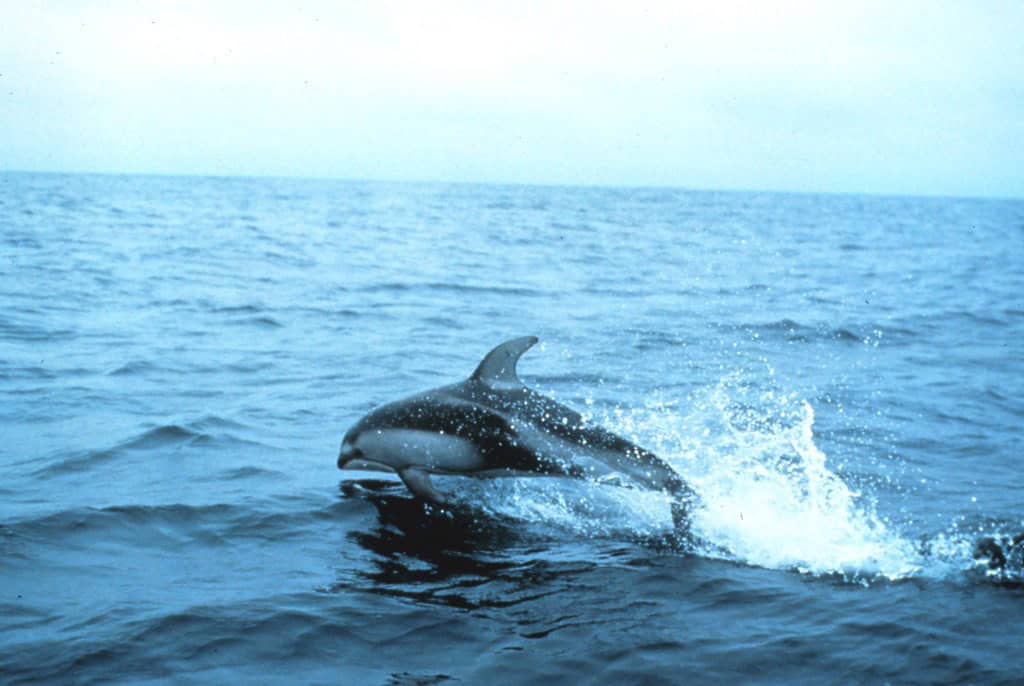
Beyond recognizing simple commands, dolphins have demonstrated an ability to understand symbolic representation and abstract concepts. In laboratory settings, dolphins have learned to comprehend not just individual symbols but the relationships between them. They can understand abstract concepts like “same” and “different,” “larger” and “smaller,” and even “absent” – referring to something that is not present in their environment.
In one remarkable experiment, dolphins demonstrated understanding of sentences with embedded phrases and novel combinations of familiar commands, suggesting they weren’t just memorizing specific instructions but understanding the underlying principles of the language. This ability to grasp abstract relationships and apply rules in new situations is considered a hallmark of advanced cognition. Some researchers believe dolphin comprehension of abstract concepts may approach that of young human children in certain domains.
4. Dolphins Plan for the Future

Future planning, or “mental time travel,” was once considered uniquely human, but evidence suggests dolphins can anticipate future events and plan accordingly. Captive dolphins have been observed saving tokens they receive as rewards rather than immediately exchanging them, apparently understanding they could be used later for a greater reward. This behavior indicates an understanding of delayed gratification and future needs.
In the wild, dolphins demonstrate anticipatory behavior in their hunting strategies. They have been observed herding fish into increasingly smaller areas before striking, a technique that requires coordination and foresight. Some dolphin hunting methods involve driving fish onto shorelines, a risky maneuver that requires planning and understanding of tides and currents. These behaviors suggest dolphins possess a sophisticated ability to represent future scenarios mentally and adjust their present behavior accordingly.
3. Their Communication System May Include Grammar
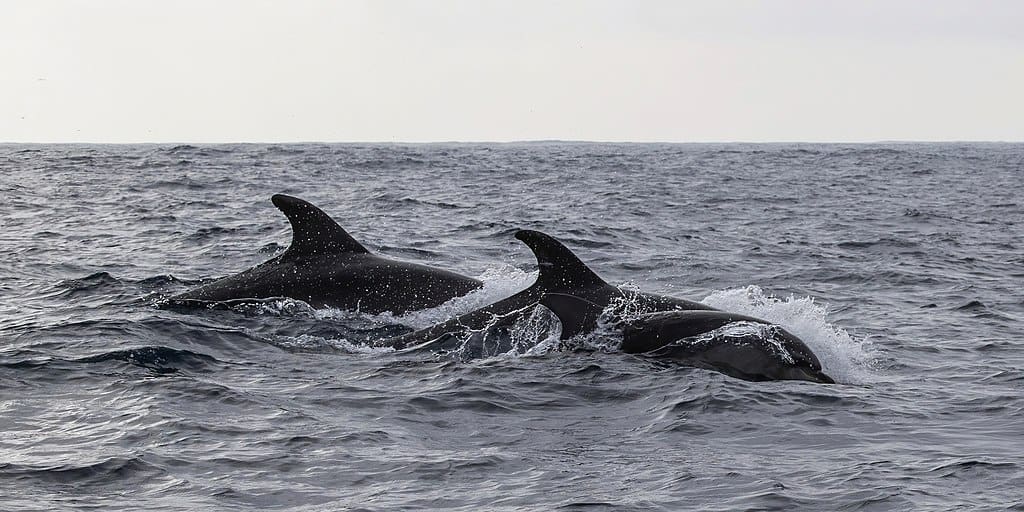
Dolphin vocalizations are extraordinarily complex, consisting of clicks, whistles, and pulsed sounds that vary in frequency, amplitude, and pattern. Recent research suggests these communication systems may include elements that function similarly to grammar in human languages. Scientists have observed patterns in the sequencing of dolphin vocalizations that suggest rule-governed structures rather than random combinations.
Using advanced recording and analysis technologies, researchers have documented regional “dialects” among dolphin populations and evidence that young dolphins go through a “babbling” phase similar to human infants learning language. While we’re still far from deciphering the full complexity of dolphin communication, the emerging evidence suggests their vocalization system may be one of the most sophisticated in the animal kingdom, potentially conveying specific information about identity, emotional states, and even references to objects or events in their environment.
2. Dolphins Demonstrate Cooperative Problem Solving

Dolphins excel at cooperative problem-solving, working together to accomplish tasks that would be impossible for individuals. In the wild, they coordinate sophisticated hunting strategies, with different individuals taking specialized roles. For example, some dolphins may drive fish toward others waiting to catch them, or they may surround a school of fish and take turns feeding from the concentrated prey.
In experimental settings, dolphins have solved problems that require simultaneous action by two or more individuals, demonstrating an understanding of the need for cooperation. Perhaps most impressively, they’ve shown the ability to quickly develop novel cooperative strategies when faced with unfamiliar challenges. This suggests they possess not just the social motivation to cooperate but also the cognitive flexibility to adapt their cooperative behaviors to new situations—a combination of abilities that is relatively rare in the animal kingdom.
1. They Show Empathy and Altruistic Behavior

Dolphins exhibit behaviors that strongly suggest empathy and altruism, caring for injured or distressed pod members in ways that go beyond simple instinct. They have been observed supporting sick or injured dolphins at the surface so they can breathe, sometimes for hours or even days at a time. This behavior requires not only recognition of another’s distress but a willingness to help at personal cost—the definition of altruism.
Perhaps most remarkably, dolphins have been known to help other species, including humans. There are numerous documented cases of dolphins guiding stranded swimmers to shore or protecting humans from shark attacks by circling them protectively. While the motivations behind these behaviors are difficult to determine with certainty, they suggest a level of empathic response that was once thought to be uniquely human. The neural basis for this behavior may lie in their well-developed paralimbic system and the presence of spindle neurons, specialized brain cells also found in humans and great apes that are associated with empathy and social awareness.
Conclusion: Understanding the Cognitive Marvels of the Ocean
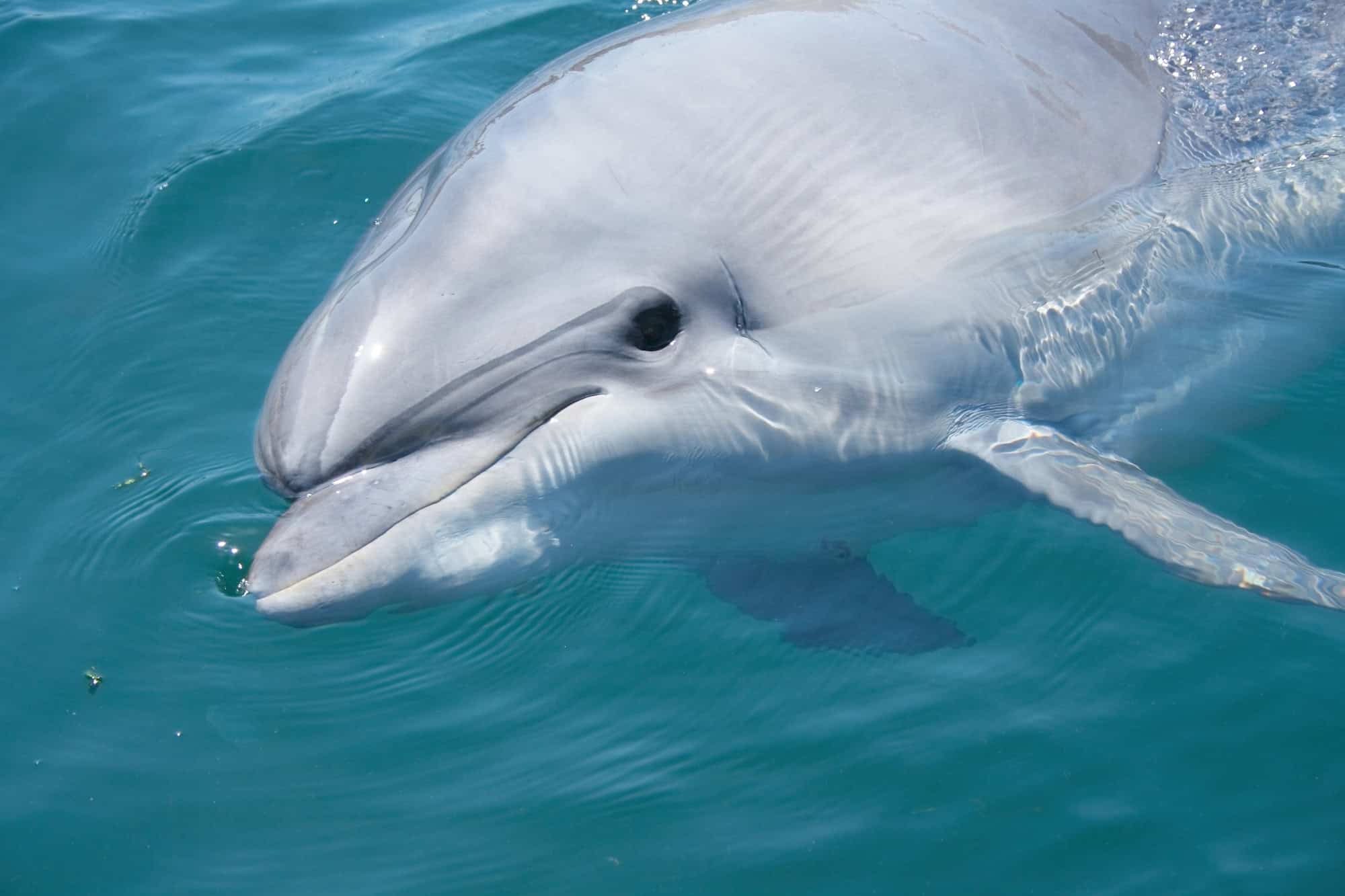
The remarkable intelligence of dolphins challenges our understanding of cognition and prompts us to reconsider what it means to be an intelligent species. Their sophisticated communication systems, self-awareness, tool use, and capacity for empathy demonstrate cognitive abilities that evolved independently from our own, shaped by the unique challenges of marine environments rather than terrestrial ones. As we continue to research and understand dolphin intelligence, we gain not only insights into these fascinating marine mammals but also a broader perspective on the evolution of intelligence itself.
This understanding carries important ethical implications for how we interact with and protect these cognitive marvels of the ocean. Recognizing the depth of dolphin intelligence strengthens the case for enhanced conservation efforts and ethical treatment, particularly regarding captivity and habitat protection. As we face growing environmental challenges, the intelligence of dolphins reminds us that sophisticated minds have evolved in diverse forms throughout our planet, and preserving this cognitive diversity should be a priority for humanity. The more we learn about dolphin intelligence, the more we recognize that these cetaceans are not merely intelligent animals but possessors of a different yet equally valuable form of intelligence that deserves our respect and protection.
- 14 Dog Breeds That Love to Cuddle - August 9, 2025
- 11 Signs Your Horse Might Be Bored - August 9, 2025
- Jurassic World Dominion Dinosaurs - August 9, 2025

